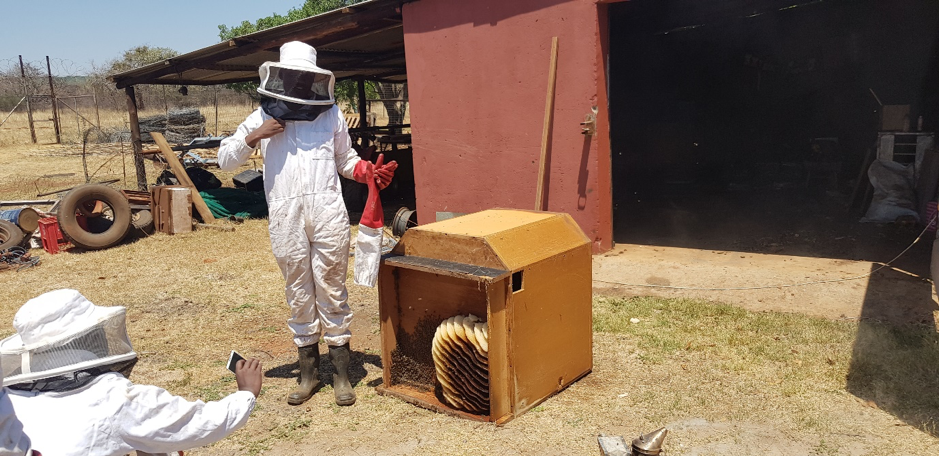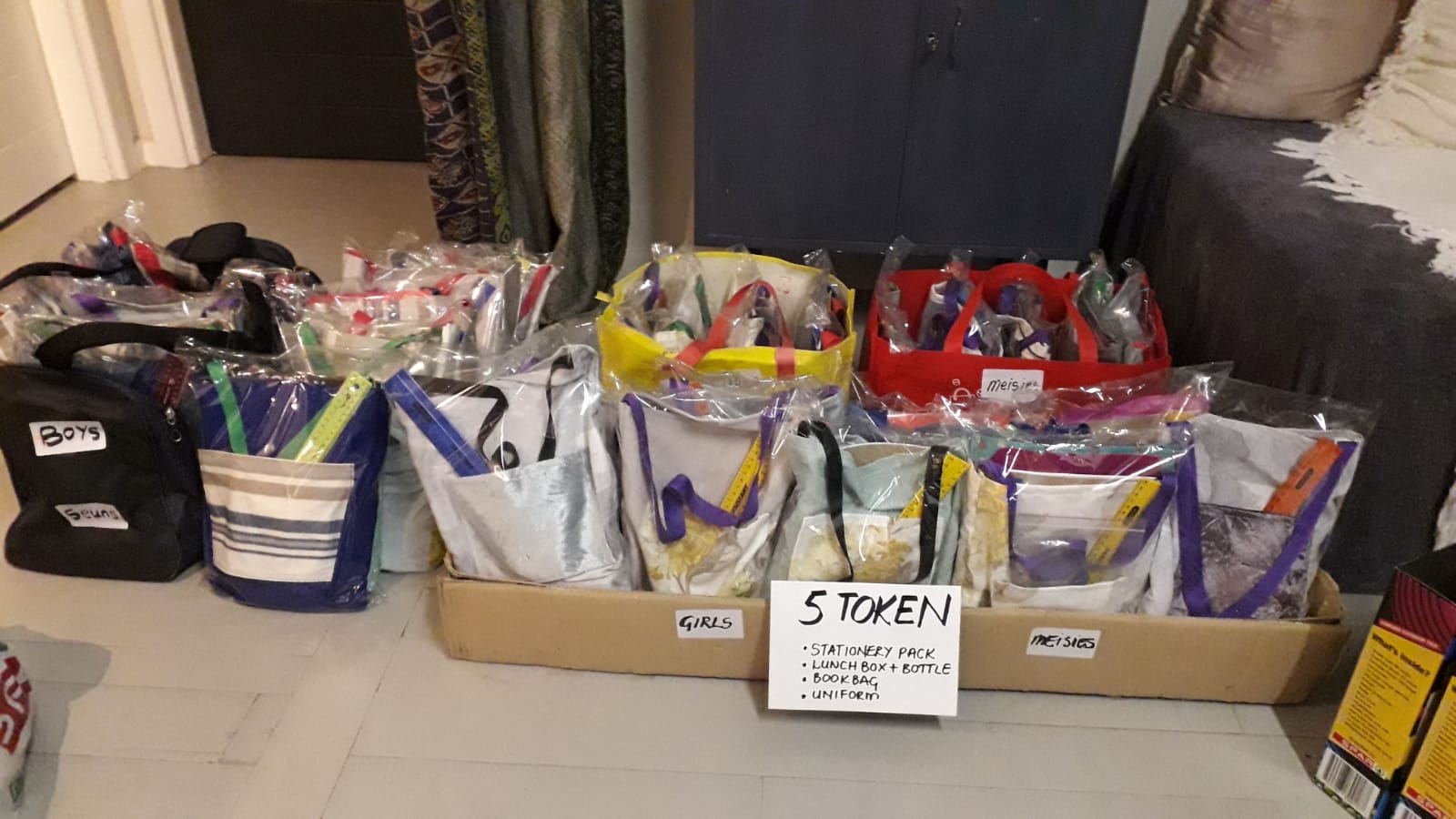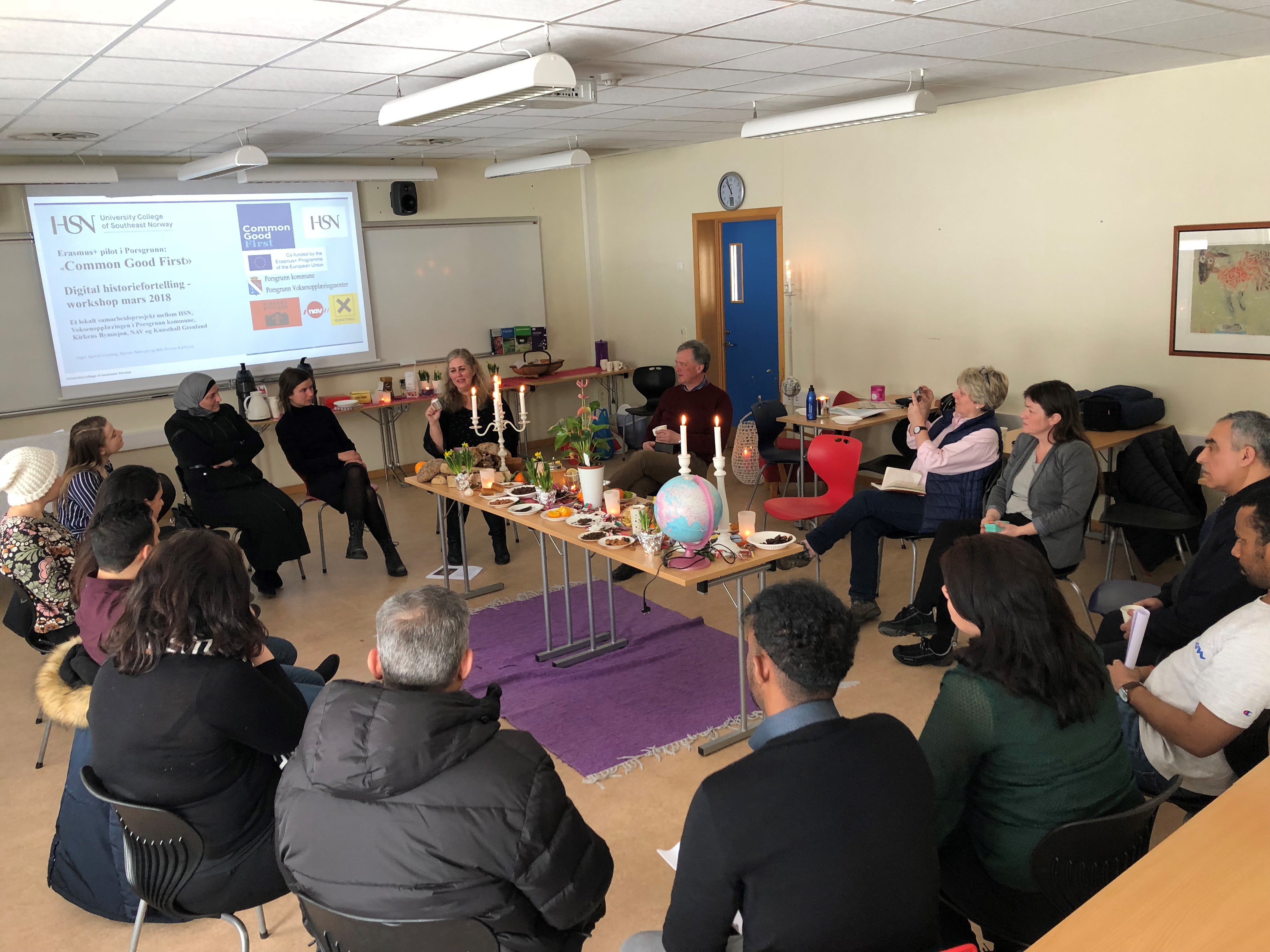A community-led approach to enhancing sustainable water management and green economy for the benefit of people and the environment in the Marico River Catchment, South Africa. The Endangered Wildlife Trust has been working in the Marico catchment for over 6 years, implementing various projects to protect this strategic water resource. We have built great relationships with the communities in the area and work with multiple partner organisations to implement diverse strategies to protect the catchment.
What skills and resources were you able to draw from the community for this project?
The Reboile permaculture project and Koffiekraal climate smart farm, has through the various training received implemented techniques to grow crops during the drought. Reboile permaculture project has 5 beneficiaries who has been able to support themselves and their families with this enterprise, we have facilitated partnerships with these farmers and other local permaculture farms to support the expansion of their enterprise. Koffiekraal’s climate smart farm has 25 beneficiaries who all has continued to work and develop the pilot site, these farmers have expanded their enterprise to bigger farms in the area. As part of the sustainable development interventions in the area a beekeeping enterprise was started in 2018. This green enterprise has 6 beneficiaries and they have set up 5 apiaries with a total of 30 hives. 1 of the apiaries has been set up on a commercial form where it provides pollination services to the farm. Honey extracted from the hives is sold locally, as there is a big demand for it in the town of Groot-Marico.
The challenges
The project is a multi-sectoral collaboration that addresses environmental threats resulting from agriculture, mining, social issues and local governance. The Catchment has been in the grips of a severe drought over the last year, the area has received very little rain leading to the Marico dam being closed off for use for the first time in history. Irrigation from the dam was also stopped leaving many commercial farmers as well as the downstream communities without water, More than 3000 ha of irrigated land has not been planted due to this. The drought has again placed focus on the need for climate change adaptation and sustainable development in the area. One of the most important aspect of catchment management and protecting water resources is monitoring. Over the past few years the EWT has done extensive monitoring in the area and has also assisted several universities with research.
Addressing the challenges
We also form part of the North-West provincial climate adaptation team and wetland forum. Our awareness campaigns in the area has led to the construction of a Waste Water Treatment Plant for Marico, which is close to completion, this will ensure that the Marico River retains its status as a pristine river. Regular monitoring of key sites took place throughout the year where many illegal nets were removed. Awareness around the threat of illegal gillnets and the importance of this water resource was highlighted during events such as World Water Day where we engaged with the community and various schools.
The achievements
Over the past year the importance of the catchment has been recognised by the International Coordinating Council (ICC) of UNESCO’s Man and Biosphere (MAB) Programme, by granting biosphere status to the catchment. The Marico Biosphere reserve is South Africa’s 10th biosphere, comprising of 447,269 ha. Biosphere status has already greatly improved the protection of the catchment, by contesting the constant threat of unsustainable development in the area. Mmtulwa wa Noko, one of our local partners has successfully appealed numerous mining applications in the area. The EWT has formed part of the steering committee of the biosphere assisting with the development of a water management plan, where we have set priority sites for conservation action as well as quality objectives for the water resource. Fish surveys were also conducted to determine if populations of key fish species are still in good condition. Regular fish surveys also brought a new risk to the fish populations to light, gillnets were found at multiple points along the Marico River which pose a big threat to larger fish species such as Yellowfish. We also implemented a holistic, Population Health and Environment (PHE) project with our partner organisation, Pathfinder international. During implementation: 6 clinic assessments were conducted, 164 service providers were reached through values clarification, 61 providers were trained on how to provide effective pre-contraceptive counselling, 24 providers were trained on the interactions between contraceptives and antiretrovirals and 106 providers trained in the insertion and removal of implants. The PHE messaging reached 59, 760 community members, the integrated PHE messaging helped to mobilize communities on the projects interrelated activities. Reproductive health services were given to 29,897 women in the area. The PHE approach to catchment management helped top clarify the links between health and the environment to the more than 150, 000 people living in the area.
















 Token Project / Move One Million
Token Project / Move One Million